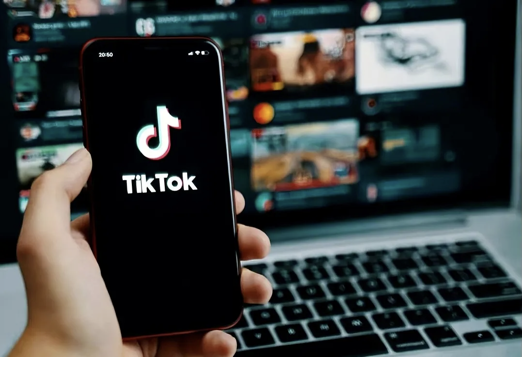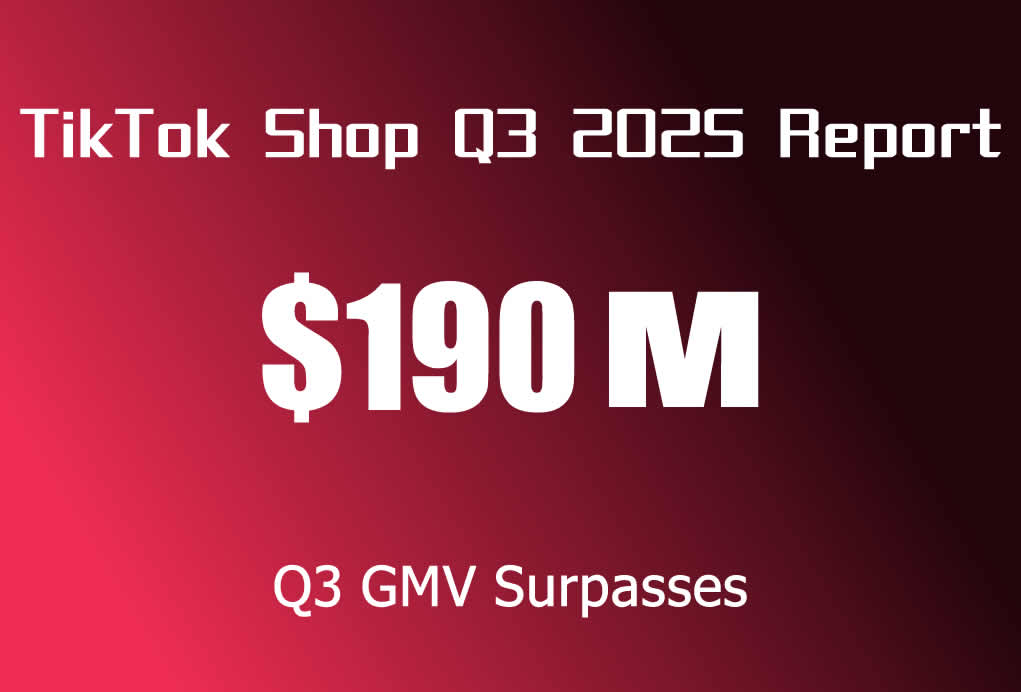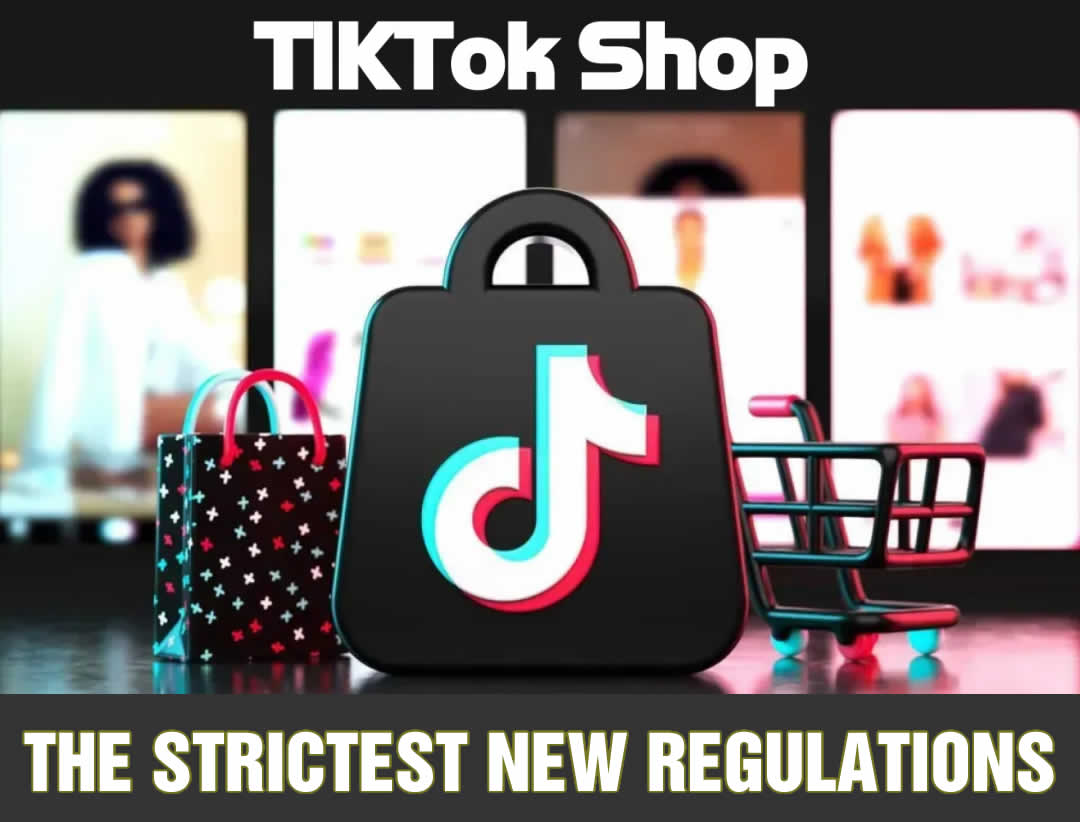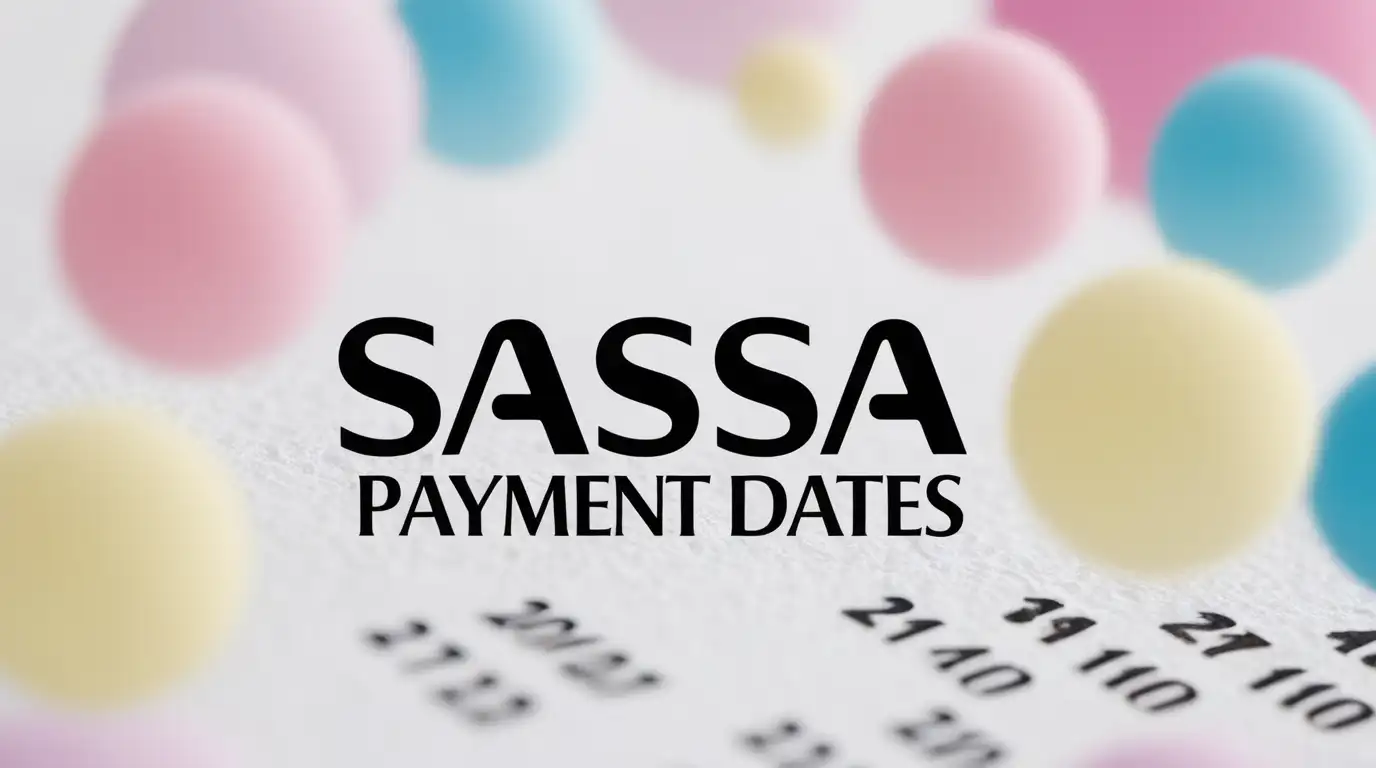ASO (App Store Optimization) and Paid Promotion (such as Apple Search Ads and Google Ads) are complementary methods. For instance, in the App Store, combining ASO with ASA (Apple Search Ads) can significantly enhance app exposure, drive traffic, and increase user downloads. Similarly, integrating ASO and Google Ads on Google Play can yield comparable results.
However, a seldom-discussed topic is whether paid promotions negatively impact the organic search results driven by ASO or KOL (Key Opinion Leader) marketing. This issue becomes particularly significant when attempts to dominate certain keywords through both organic and paid search results lead to the ‘monopolization’ of keyword visibility. It is hypothesized that this impact is more pronounced with branded keywords. This raises an important question: should we allow paid promotions to cannibalize natural traffic, or should we focus more on brand protection? What factors should we consider when deciding to combine these two strategies to optimize the acquisition of both organic and paid traffic? Let’s delve into this complex topic below.
What is Keyword Cannibalization
When users click on paid ads and download an app after searching for keywords (whether brand names or general keywords) in the App Store or Google Play, a phenomenon known as traffic erosion occurs. In this scenario, users could have found and downloaded the app through organic search results, especially when the search involves branded keywords.
Advantages and Disadvantages of Traffic Cannibalization
An app store optimization strategy aims to dominate keywords in search results, especially by securing the top search result position for specific keywords (often brand names). Considering that the top two search results typically occupy most of the visible screen area, appearing in both paid search results and the first organic search result ensures maximum exposure for the keyword. This makes it more likely that users will find our app directly, bypassing competitors, without having to scroll down. Given that the top three ranked apps in search results usually have the highest conversion rates and are likely to attract the most views and downloads.
However, competing for keywords in search results has its downsides, as it increases the cost of keyword advertising to acquire natural download traffic. In other words, it may involve paying for traffic that could have been obtained for free.
Cannibalization in the App Store
Brand Protection In many cases, we observe that apps bid on their own brand terms using Apple Search Ads (ASA) to prominently display their ads and prevent competitors from capturing their brand terms.
In the App Store, leveraging ASA strategies to bid on brand keywords can lead to what is termed ‘brand keyword cannibalization,’ as discussed above.
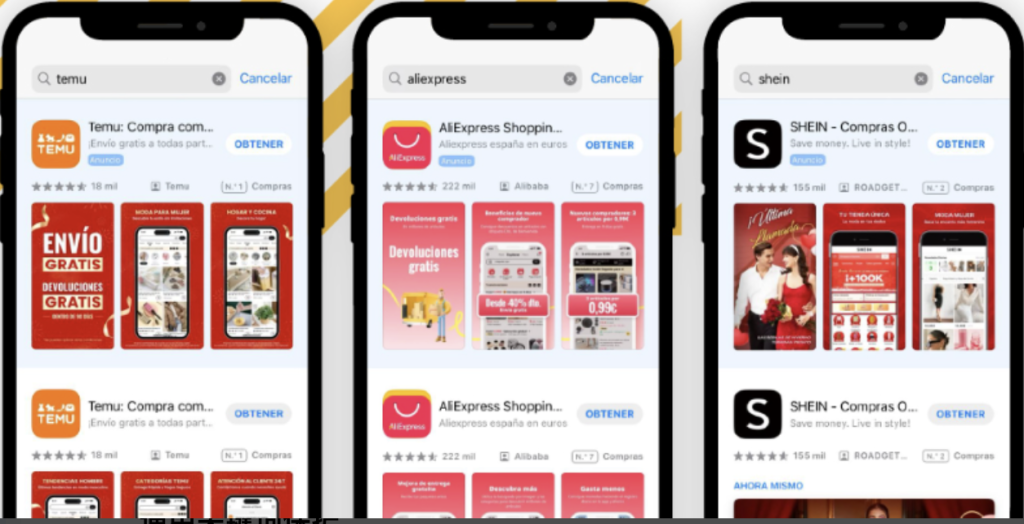
General Keyword Protection
While ASA (Apple Search Ads) protection is commonly associated with brand protection, similar issues can arise with general keywords.
Developers may aim to position themselves using paid strategies for highly relevant general and commercial keywords that are crucial for traffic acquisition, thereby enhancing brand influence within a specific industry. However, a situation may arise where an app already has the best natural ranking for general keywords closely related to your product, and you wish to avoid potential traffic loss due to other apps’ positioning strategies.
Similar to brand keywords, if an app achieves top natural rankings for general keywords and then seeks to further solidify its position through paid promotion strategies, mutual erosion may occur. Thus, detailed research on any potential scenarios should be conducted before proceeding with the above strategies.
Is It Worth Bidding on Brand Keywords to Protect Your Brand?
The importance of maintaining a brand cannot be overstated, and this topic may provoke widespread discussion. If you do not bid on your primary brand keywords, competitors are likely to do so and surpass you in natural rankings, presenting themselves as the first paid download result. Consequently, competitors might gain a higher proportion of page views and potential downloads.
Another point worth noting is understanding how many users searching for your brand keywords end up downloading a competitor’s app. Theoretically, this proportion should be low, but so far, we have no concrete verification results. This is not due to a lack of exploration but because the relevant data is not transparent. Therefore, ensuring our app ranks high in organic search for brand keywords and their combinations with general keywords, and protecting these keywords through paid methods, could attract significant attention.
When deciding whether to bid on your brand or general keywords, understanding the market share of these keywords can provide insight into which competitors are bidding and whether they pose a direct threat to your download volume.
An app might bid on your brand keywords but offer entirely different services. If users explicitly search for your brand, they are less likely to download a competitor’s app. For example, if our app provides food delivery services, and a dining service app appears in paid results due to our brand name, we may lose some potential downloads. Conversely, if our app offers food delivery services and the promoted app belongs to the online shopping sector, users might ignore these ads and continue choosing our app.
We usually view the importance of protecting brand names with a positive and rational attitude. However, when an app achieves top rankings through both organic search and paid promotion, its visibility is maximized for specific search terms (usually brand names), while also facing the risk of keyword erosion. This is an additional factor to consider when formulating strategies, and each case must be individually assessed.
By using tools specifically designed for App Store Optimization (ASO), we can identify which competitor apps are bidding on our brand keywords. Evaluating the share of voice for brand keywords helps determine whether we need to allocate more or less budget to these keywords, making this metric crucial for deciding whether to invest in protective activities.
For example, Shein, by investing in the keyword “Shein,” not only increased its traffic share for that keyword but also strengthened brand name protection and enhanced brand awareness. If Shein did not bid on its brand keywords, the largest traffic share might go to Temu, another e-commerce app, potentially leading to customer loss who might then download Shein’s competitor app.
Cannibalization on Google Play
For Google Play, even though we cannot bid on specific keywords through Google Ads, an app that achieves high exposure through natural search may still face the risk of brand keyword erosion. Paid search results predominantly impact brands heavily investing in app market marketing.
Similar to the App Store, without active advertising, your primary traffic source keywords (such as the brand name) and competitors investing in them will remain unprotected, leading to them ranking higher in search results, as we will see in subsequent analyses.
When searching for the brand “Temu” (which does not bid on its brand terms), Shein appears as the top result, pushing Temu to second place. Branded terms showcase multidimensional information on the store page, having less impact than on the App Store.
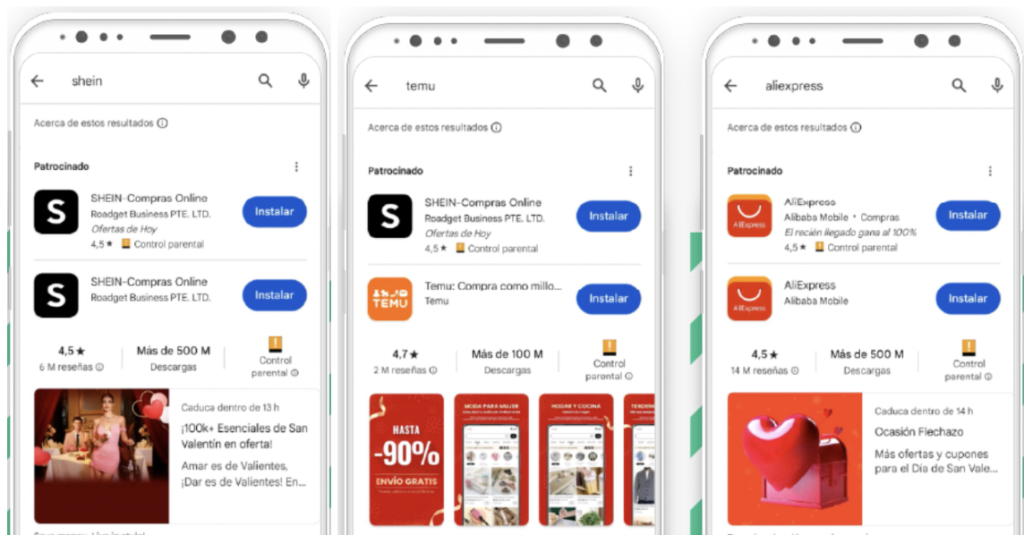
Despite the various factors that may lead to a decline in market interest or damage to reputation during brand promotion activities, these activities typically outperform our natural search results and user base. As indicated by App Store reviews, the increased clicks and installations are mainly attributed to paid promotion channels.
Can We Increase Organic Installations While Continuing Effective Google Ads Campaigns?
To counter such trends and achieve significant change, advertisers can adopt a strategy of excluding brand keywords in Google Play campaigns. This ensures that all traffic and installations driven by brand searches are converted into organic downloads. For example, conducting a one- to two-week test to observe changes after blocking brand keywords could be insightful.
While Focusing on Cannibalization, Key to Improving Conversion Rates is Metadata Visual Optimization
In ASO strategies, the visual elements in metadata are crucial for improving listing conversion rates. Enhancing conversion rates while maintaining stable traffic can significantly increase downloads. More importantly, when an app shows high conversion rates, app stores consider it popular among users, thus improving its visibility in search results and navigation.
To optimize conversion rates, it is essential to continuously experiment with different visual elements using A/B testing tools provided by the App Store and Google Play. This helps identify which visuals attract users the most. Notably, both platforms allow testing of app icons, videos (with or without video comparisons), and screenshots. Additionally, on Google Play, feature graphics can also be tested.
Moreover, promoting in-app events and special offers through the App Store and Google Play can effectively enhance conversion rates by communicating updates, live events, and special deals to users.
Ultimately, personalized product pages on the App Store and Google Play are highly effective in improving conversion rates for users acquired through paid promotions.
Conclusion on Protection Strategies
Does keyword erosion weaken organic download volume? The answer is clearly yes. When engaging in paid marketing, traffic and downloads related to brand search terms are likely to be dispersed, as our app will rank first in both paid ads and organic search results, with click behavior often favoring the top-ranked option. In such cases, your download volume increases through third-party channels, while the share of organic acquisition decreases accordingly.
For the App Store, we need to use third-party platform data to analyze which apps are bidding not only on brand keywords but also on general keywords critical to the project. It is necessary to evaluate whether these apps pose a real threat and whether brand protection is needed. In some cases, even if an app ranks high in organic search results, it is advisable to bid on brand keywords to prevent potential downloads from being intercepted by bidding competitors.
As for Google Play, while we cannot directly bid on specific keywords, substantial paid ad investments can indirectly influence the visibility of brand keywords. This approach may cause an “erosion effect” on our own brand keywords, affecting the organic downloads that could have been achieved. To prevent this, a feasible strategy is to exclude brand keywords in Google Ads, ensuring that all traffic obtained through search is organic. This strategy should be closely monitored to evaluate its impact on organic and paid results. Based on experience, excluding brand keywords typically increases organic traffic without negatively affecting the total installations acquired through paid channels.
Therefore, paid promotions might weaken your app’s natural traffic. However, stopping these promotional activities could result in losing paid traffic to competitors. Balancing these two strategies, conducting tests, and evaluating results are crucial to optimizing your advertising effectiveness and download volume. Nonetheless, conducting keyword research and appropriately optimizing the text in metadata fields through ASO remains vital for ensuring content and keywords are correctly indexed.

